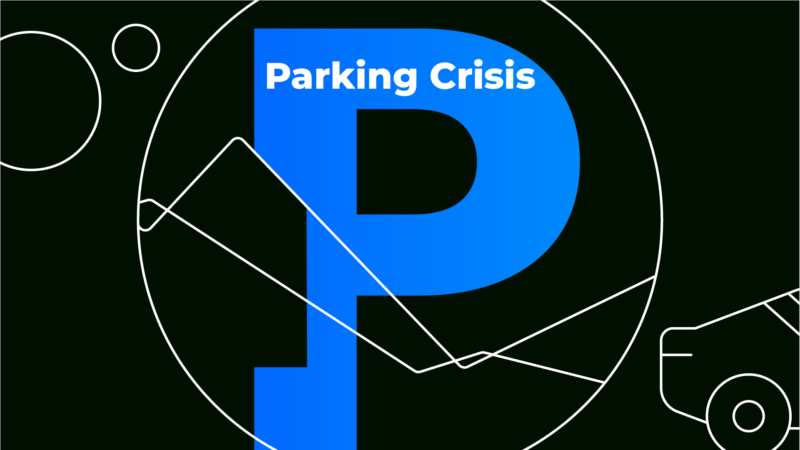Modern cities suffer from a parking problem that’s hidden in plain sight: There’s simply too much of it.
An often overlooked issue is how cities handle cars at rest. Since the invention of the automobile, parking – or, sometimes, progressive, forward-thinking restrictions on parking – has powerfully shaped the design, environment, and economies of urban areas.
Some analysts say Western Europe contains 300 million spots, while estimates suggest the US boasts two billion. The largest parking lot in the world, at the West Edmonton Mall in Alberta, Canada, boasts 20,000 parking spaces, covering enough space for a neighborhood of 500 homes.
These parking spaces are alarmingly underused. A study by the Center for Neighborhood Technology found that a quarter to a third of parking spaces around apartment buildings in many US cities sat empty.
The global parking crisis
The parking crisis is not a US problem, but an international one as urban planners continue to overlook the projected functionality of the excessive parking lots. As global living standards rise and urbanization accelerates, especially in India and China, cities around the world are seeing huge spikes in motor vehicle ownership accompanied by a demand for parking.
In India, the number of private automobiles grew nearly 400% between 2001 and 2015, going from 55 million to 210 million. In China, as of 2017, there was a shortage of 50 million parking spaces, according to the central government.
China faces challenges from climate change and rising heat, increased urbanization, and housing affordability. These conditions are aggravated by the increasing use of asphalt.
Looking at it as a land use problem
Very often according to policies across the world, parking isn’t an offering to motorists as much as a mandate from the government – this unlocks a greater understanding of urban land use.
Many localities have mandatory parking minimums, which require real estate developers to include a certain number of parking spaces in anything they build. The rules can get ridiculous: St. Paul, Minnesota, for example, mandated four spaces for every hole on a golf course and one space for every three nuns in a convent. In countries such as Australia, China, India, and the Philippines, every project requires new parking.
Parking also contributes to urban sprawl by increasing the distance between each building. At scale, this makes neighborhoods and cities less walkable, increasing the need to use cars to move around, and increasing the need for more parking.
The parking problem is an issue of overall transport policy. Failures in parking management lead to a greater dependence on the private automobile and more competition for available parking space.








